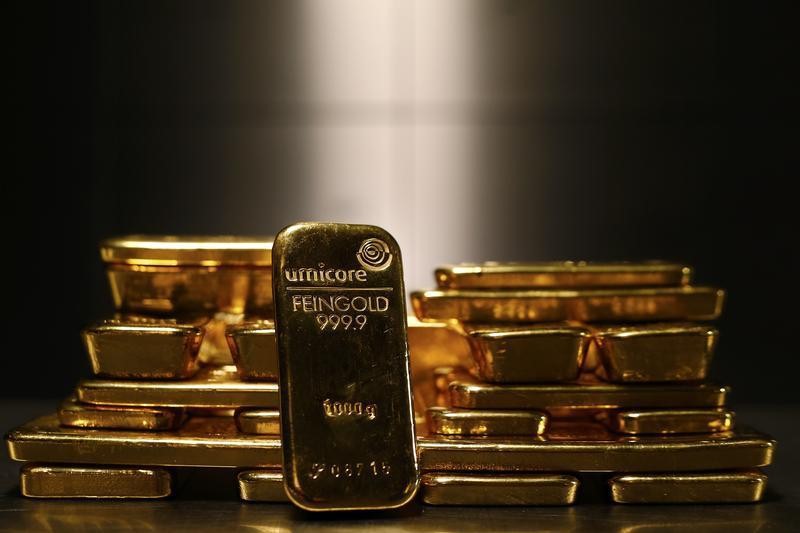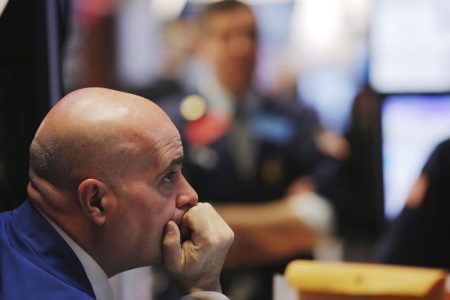By Barani Krishnan
Investing.com — It’s probably going to happen, whether the bears in gold like it or not.
Gold kept up Thursday with its trend of making “mini highs” en route to what could soon be an all-time peak to rewrite the record highs from August 2020.
on New York’s Comex settled at $2,055.30 an ounce, up $30.40, or 1.5%, on the day.
The session high was $2,063.15 — less than $16 short of the all-time high of almost $2,080 set by Comex gold in August 2020.
The , more closely followed than futures by some traders, got to as high as $2,048.66 during the session. The spot price is less than $25 from its record peak of $2,075 set almost three years ago.
“The spread between futures and spot gold is thinning by the day and stands at less than $15 now,” noted Sunil Kumar Dixit, chief technical strategist at SKCharting.com. “This is indicative of gold’s general strength and a clear demonstration of how the physical price is converging towards the higher futures price.”
Thursday’s run-up in gold came after U.S. fell their most in nearly three years last month, reinforcing the notion of inflation receding in a big way from four-decade highs. A day earlier, data showed grew about one percent below February levels in March, even as core prices minus food and energy remained stubbornly higher.
Taken together, the two pieces of data indicated that the Federal Reserve was winning in its fight against inflation and might soon wind down its regime of interest rate hikes — a process that could significantly weaken the and boost gold, which is the number one alternative to the U.S. currency.
“This could be the moment for gold (in dollar terms) to make record highs,” said Ed Moya, analyst at online trading platform OANDA.
“Gold is a hop, skip and a jump from record territory and it might take a major retail sales drop and disappointing start to bank earnings for it to get there,” added Moya. “If gold can rally above the current record of $2,075.47/oz, it might not have much difficulty targeting the $2,100 level.”
Read the full article here
















